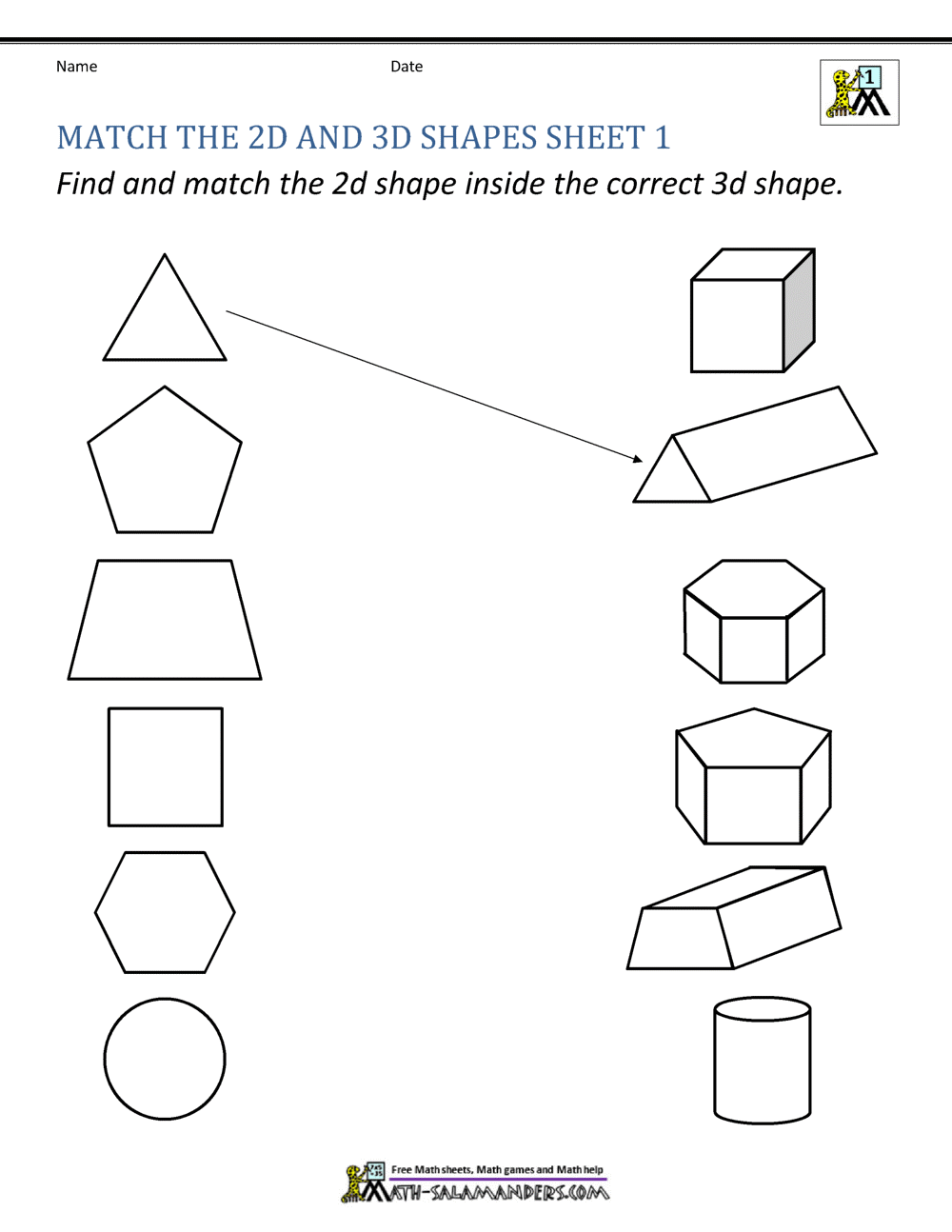GRADES K-3 DAILY "BELL WORK" FOR QUARTER 3 WEEK 5
René Magritte
The Listening Room (1952)
René Magritt
La Carte Postale (1960)
René Magritte
The Voice of Space
GRADES K-3 DAILY "BELL WORK" FOR QUARTER 3 WEEK 5
René Magritte
The Listening Room (1952)
René Magritt
La Carte Postale (1960)
René Magritte
The Voice of Space
At the beginning of daily Bell Work, all attention is focused on looking carefully at what we SEE.
The "Stare Contest":
Class begins immediately with the expectation that everyone is to sit completely silent, resting chin in hands, elbows on desks, looking/gazing at the artwork projected before them. I set my watch timer for one minute.
After looking at the artwork image for one minute, I ask questions and students THINK about the artwork. Some days, my questions may only address the physical qualities of the work -- The Elements of Art and Principles of Design.
However, our class discussion often ventures further past the content and we may WONDER what the artists' intent was in the creation of the work. I often ask students to create a narrative for the work.
We consider how the artist used the formal Elements of Art (line, shape, space, form, value, texture, color) and the Principles of Design (pattern, contrast, emphasis, balance, proportion/scale, harmony, rhythm/movement to direct our attention and to communicate meaning and emotion.
These conversations also bring attention to how we may not all respond to the same artwork in the same way.
I typically show students two/three artworks by the same artist a week. In this way, they become familiar with the style of a particular artist, and often can recall the artist's name.
All of the children's drawings will be glued into small weekly/bi-weekly books to bring home. However, kindergarten will be keeping their bell work drawings in their classroom sketchbooks.
PLEASE KEEP YOUR CHILD'S WEEKLY BOOKS IN A SAFE PLACE (in a BIG 3 RING BINDER) SO YOU CAN SEE GROWTH THROUGHOUT THE YEAR.
UPCOMING "BELL WORK" FOR Q3 WEEK 6:
Leonardo DaVinci
Water Passing Obstacles
|
Leonardo DaVinci
Falling Water |
Leonardo DaVinci
Star of Bethlehem Plant |
K-3 PROJECTS: Q3 WEEK 5
Practice: Worksheets practicing drawing shapes; Using shading to create the illusion of FORM
Elements of Art - Shape and Form

https://www.math-salamanders.com/shapes-clipart.html
We continue to search for shapes and forms as we sketch in sketchbooks, copying work by Claude Monet and Paul Cezanne.
|
Project: Pastel Drawing after Ambrogio Lorenzetti's Allegory and Effects of Good and Bad Government
Elements of Art - Line, Shape, Space
Students began copying the image of the fresco painting with a pencil. We are using a soft, 7B pencil that gives dark, thick lines. This soft pencil also does less damage to our charcoal paper and is easier to erase.
Lines will be slightly erased once the under drawing is complete and students will use Chalk Pastels and Conté Crayons to fill in the colors.
A final outline will be made once again, using colored pencils.

Ambrogio Lorenzetti | Allegory and Effects of Good and Bad Government
Students began copying the image of the fresco painting with a pencil. We are using a soft, 7B pencil that gives dark, thick lines. This soft pencil also does less damage to our charcoal paper and is easier to erase.
Lines will be slightly erased once the under drawing is complete and students will use Chalk Pastels and Conté Crayons to fill in the colors.
A final outline will be made once again, using colored pencils.
Ambrogio Lorenzetti | Allegory and Effects of Good and Bad Government
GRADE TWO
Project: Relief Printmaking
Elements of Art - Line, Shape

Project: Relief Printmaking
Elements of Art - Line, Shape
We are beginning a relief printing project, with Texas fish as our source imagery. Each student will draw a total of six different types of fish found in Texas...some native and some not.
Their favorite drawing will be chosen trace onto a foam "plate" for relief printing.
Currently, students are beginning to trace their drawings onto tracing paper and then transfer again onto foam using a ball point pen in order to make an impression into the foam.
Once students begin printing, with my help, they will also continue a concurrent project of painting all of their 6 fish drawings with watercolor.
A few students pulled their first print this week! Yea!!
Also, here is a link to an upcoming event, Print Fair 2020 at the McNay Museum of Art:
GRADE THREE
Project: Rose Window
Elements of Art - Line, Shape
Students have been practicing using a compass to draw circles, create an "almond construction" and to use the compass and a straight edge to construct a decagon.
Since we are at the beginning of a new decade, I specifically chose rose windows to copy that are based on the geometry of a Decagon.
Once students finish drawing their Rose Window in their sketchbooks, they will trace their design onto transluscent architectural drafting film, and colors filled in with colored pencils.
Project: Rose Window
Elements of Art - Line, Shape
Students have been practicing using a compass to draw circles, create an "almond construction" and to use the compass and a straight edge to construct a decagon.
Once students finish drawing their Rose Window in their sketchbooks, they will trace their design onto transluscent architectural drafting film, and colors filled in with colored pencils.
 |
| Rose Window Sens Cathedral, France 1140-1164 |
 |
| The Creation Rose Window - The National Cathedral in Washington D.C. Link: https://cathedral.org/what-to-see/exterior/rose-window/ |

